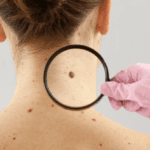 Our World
Our World  Our World
Our World  Pop Culture
Pop Culture 10 Incredible Female Comic Book Artists
 Crime
Crime 10 Terrifying Serial Killers from Centuries Ago
 Technology
Technology 10 Hilariously Over-Engineered Solutions to Simple Problems
 Miscellaneous
Miscellaneous 10 Ironic News Stories Straight out of an Alanis Morissette Song
 Politics
Politics 10 Lesser-Known Far-Right Groups of the 21st Century
 History
History Ten Revealing Facts about Daily Domestic Life in the Old West
 Weird Stuff
Weird Stuff 10 Everyday Products Surprisingly Made by Inmates
 Movies and TV
Movies and TV 10 Actors Dragged out of Retirement for One Key Role
 Creepy
Creepy 10 Lesser-Known Shapeshifter Legends from Around the World
 Our World
Our World 10 Science Facts That Will Change How You Look at the World
 Pop Culture
Pop Culture 10 Incredible Female Comic Book Artists
 Crime
Crime 10 Terrifying Serial Killers from Centuries Ago
Who's Behind Listverse?

Jamie Frater
Head Editor
Jamie founded Listverse due to an insatiable desire to share fascinating, obscure, and bizarre facts. He has been a guest speaker on numerous national radio and television stations and is a five time published author.
More About Us Technology
Technology 10 Hilariously Over-Engineered Solutions to Simple Problems
 Miscellaneous
Miscellaneous 10 Ironic News Stories Straight out of an Alanis Morissette Song
 Politics
Politics 10 Lesser-Known Far-Right Groups of the 21st Century
 History
History Ten Revealing Facts about Daily Domestic Life in the Old West
 Weird Stuff
Weird Stuff 10 Everyday Products Surprisingly Made by Inmates
 Movies and TV
Movies and TV 10 Actors Dragged out of Retirement for One Key Role
 Creepy
Creepy 10 Lesser-Known Shapeshifter Legends from Around the World
10 Gross Cosmetic Products Of The Past
Cosmetics have been a key part of most women’s lives for centuries. From ancient Egypt, Greece, and Rome to the stars of Hollywood’s Golden Age, makeup has had an important role to play, not only in the way that women have been perceived by others but also in the way that they felt about themselves.
When shopping for beauty products, many women hardly spare a thought for what goes into making them, and this has been true for generations. These days, there isn’t too much to worry about in that respect, thanks to rigorous testing and high manufacturing standards. However, in the past, women should probably have spent a little longer questioning what went into the cosmetics they were using, since some of the ingredients were not only completely gross but often surprisingly dangerous.
10 Bug Lipstick
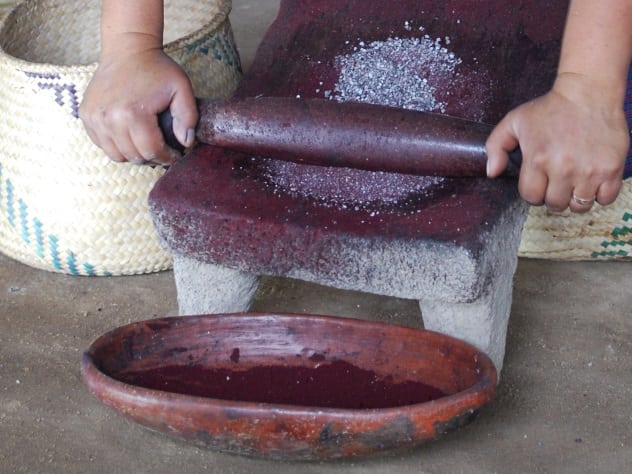
Having glossy, red lips has long been considered to be a desirable trait in women, so it comes as no surprise that those who wanted to cash in on the cosmetics industry searched high and low to find ingredients that would produce the vibrant color that women were seeking. Unfortunately for shoppers everywhere, the ingredient that they alighted on was the cochineal—an insect found in South and Central America and the Canary Islands. The female of the species feeds on red cactus berries, and it is this trait that has led to them becoming such a valuable cosmetic commodity.
It has long been known that, when crushed, these bugs produce a substance called carminic acid, which can then be used to produce carmine, a vibrant red dye. At the turn of the 20th century, when demand rose for commercially available lipstick, manufacturers used the dye to produce the lip stain that so many women desired. Perhaps the ladies who were so keen to use the newly available lipsticks to demonstrate their fight for equality during the 1910s might have thought twice if they had known they were smearing squished bugs over their faces!
Crushed bugs as a lipstick ingredient was hardly a new thing, however. Cleopatra formulated a lipstick recipe that derived its red color from pulverized ants and beetles.[1]
9 Goatskin Eyebrows
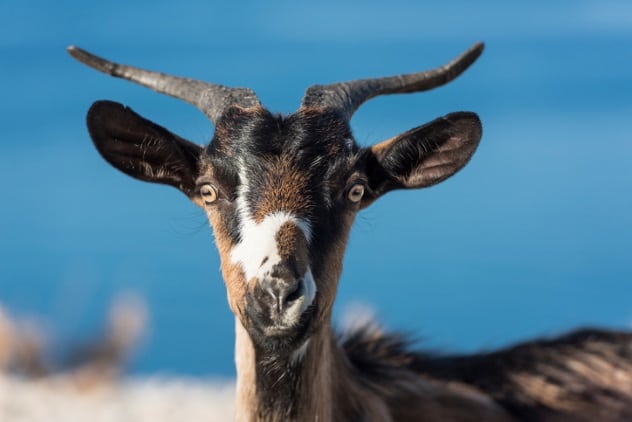
Fashions in eyebrow style have varied considerably over the years, from the barely there look of the medieval period to the heavy, dark brows of the 1950s, inspired by stars like Elizabeth Taylor. Eyebrows were even sometimes used as an emotional statement, such as in ancient Egypt, where cat owners would shave them off when their beloved pet died. However, one of the strangest trends was the ancient Greek preference for the unibrow.
Greek women believed that untouched, natural eyebrows showed purity. However, the unibrow was the ultimate statement of beauty and intelligence. Those who were cursed with light or patchy brows filled them in using kohl or, even more drastically, false eyebrows made out of goatskin and stuck to their face using tree resin.
While the goatskin trend died out pretty rapidly, an even more revolting look for eyebrows may have emerged in the 18th century. Fashionable women during the Georgian era often chose to pluck out their eyebrows completely and, according to several satirists of the day, replace them with fake ones made from mouse skin.[2]
8 Cinnabar Rouge

At several points in history, having healthy-looking, rosy cheeks was all the rage among fashionable women. Even today, the flushed look is found highly appealing, but today’s rouges all contain safe, highly tested ingredients. In the past, women hoping to achieve a natural-looking blush turned to a host of different substances in an attempt to get just the right shade, and one of the most popular was cinnabar.[3]
A volcanic mineral ore from which mercury can be derived, cinnabar has a vibrant red color that seemed to be ideal for addition to cosmetics and powders. When ground up and added to other ingredients, it could easily be applied onto the cheeks as a form of rouge. Unfortunately, as we now know, mercury is extremely toxic and can result in damage to the muscular and nervous system.
Needless to say, cinnabar is no longer allowed to be used in any form of cosmetic product. That would be small comfort to the generations of women who suffered an early death due to mercury poisoning.
7 Lead Face Powder
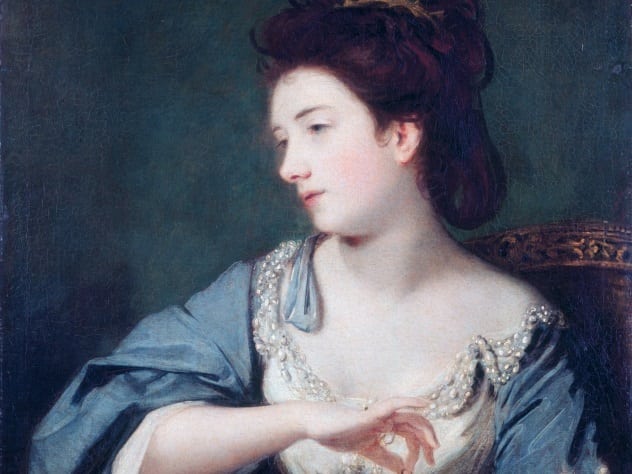
Women throughout history would no doubt be shocked at today’s trend for tanning, since for centuries, pale skin was held up as the pinnacle of elegance and beauty.
During the 18th century, a pale complexion was vital for any lady who wanted to be admired, and that meant using white face powder. While there were safe ingredients like vinegar and bismuth available to make this substance, the most popular makeups were made from lead, thanks to its opacity, which ensured optimal coverage of the skin.
With smallpox rife during this period, it comes as no surprise that so many women were looking for an effective way to hide the scars and marks left by the disease. Lead powder was the best solution of the day and was used liberally by both women and men alike. Shiny, silky, and able to coat the skin perfectly, it created the pure white look for the chest, shoulders, and face that was so desirable at that time.
Of course, the lead caused a wealth of hideous health problems. Not only did its aficionados suffer from tooth rot, baldness, and eye inflammation, but they also discovered that their skin eventually turned black, necessitating even more powder to cover the damage. One famous victim who died for good looks was Catherine “Kitty” Fisher, a well-known Georgian beauty and courtesan who died in 1767 at the tender age of 25.[4] While some say that smallpox was the cause of her untimely death, others believe that it was due to lead poisoning from her cosmetics.
6 Tooth Dye

Regular trips to the dentist are a feature of everyday life in the modern world, and today’s women use whitening products as a matter of course to achieve that pearly white smile. However, during the Elizabethan era, there was a very different trend.
Black teeth were the ultimate status symbol, as sugar was hard to come by and could only be bought by the wealthiest people. It is said that thanks to her sweet tooth, Queen Elizabeth I had such decayed teeth that many of them had turned completely black. Many of her court ladies immediately followed suit, using tooth dye to blacken their teeth as a sign that they were rich enough to consume enormous amounts of sugary treats.[5]
However, the Elizabethans were actually late to the black teeth party. In Japan, the custom of Ohaguro had long since taken hold in a big way. This practice of using a dark brown lacquer made from iron filings dissolved in vinegar to stain the teeth was widespread among fashionable society.
5 Radium Nail Varnish
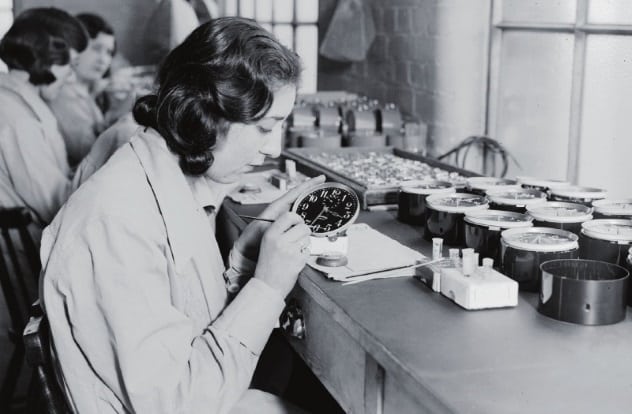
During the early years of the 20th century, radium was used, among many other things, to make a luminous paint that was used to make watch faces visible in the dark. The women who were most exposed to this chemical became known as Radium Girls, and they were the unwitting victims of so-called “modern” progress.
From 1917 to 1926, women were recruited to work in factories that produced watch faces decorated with this radioactive substance. Since the girls were told that it was completely harmless, they decided to have fun with the glowing paint, using it as a nail varnish and a lipstick.
Unfortunately, after a few years, the women started suffering from a host of medical problems, such as bone fractures and anemia. It was eventually discovered that they had radium poisoning, but not before one poor worker visited her dentist to get a tooth extracted and ended up with a chunk of her jaw accidentally being removed.[6]
4 Whale Blubber Lipstick

These days, cosmetics made using animal products are being eschewed by women everywhere. However, as recently as the 1970s, whale blubber was finding its way onto the faces of fashionable ladies across the world.
Whale blubber has historically been used for all kinds of purposes, from treating leather and wool to producing soap. However, one of the most popular uses during the 20th century proved to be in the cosmetics industry.[7] Had women known that they were smearing oil from giant sea creatures across their lips, many more might have turned vegan. It took quite a few years for the truth to become widely known, after which the public outcry led to manufacturers looking elsewhere for their ingredients.
Despite the fact that whale blubber hasn’t been used in lipstick for years, the myth has persisted online that many popular brands are sneaking it into their products. Manufacturers are still working to bust this urban legend, but you can rest assured that modern cosmetics use jojoba oil, beeswax, cocoa butter, and lanolin instead.
3 Deadly Nightshade Eye Drops
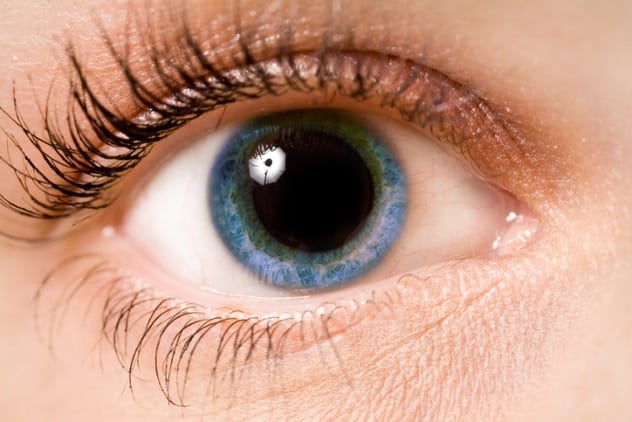
Having beautiful, dewy eyes has always been a sign of a beautiful woman, but never more so than in Renaissance Italy. Fashionable Italian women followed a punishing cosmetic routine of using belladonna eyedrops so that their pupils would dilate and create a wide-eyed, strikingly seductive look.[8]
While “belladonna” means “beautiful lady” in translation, it is, in fact, another name for the deadly nightshade plant—a well-known poison. Although these eye drops certainly created a dewy-eyed appearance, they also caused a host of unpleasant side effects. From blurred vision, headaches, hallucinations, vomiting, tachycardia, and vertigo to eventual blindness, belladonna eye drops were positively dangerous.
It might surprise you to learn that atropine, the ingredient in belladonna which causes pupil dilation, is still used today. However, these days, it is only used for eye examinations under medical supervision.
2 Wax-Beaded Eyelashes
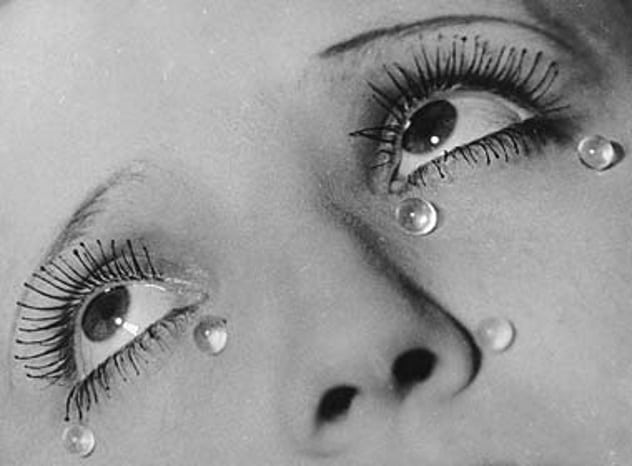
In the days before false eyelashes were invented, dancers, actresses, and showgirls were on the lookout for ways to make their natural lashes look fuller, longer, and darker. The answer presented itself in the form of eyelash beading.[9]
This complex practice was so popular that even after the arrival of false eyelashes, beading remained in use, especially within the burgeoning movie industry. False eyelashes were still expensive at this time, and beading was a more cost-effective solution, especially for chorus members who needed to stick to a tight budget.
Carrying out eyelash beading was no simple feat. First, you needed some brown or black beading makeup or greasepaint, which had to be melted in a pan. A quill or applicator (often made of bone for extra grossness) was then used to apply the melted wax to the ends of the lashes, leaving a tiny bead on every tip. For many women, their beading kit consisted of a matchstick, candle, and a spoon—very glamorous!
Even worse, open flames and theaters are not a good combination. Eyelash beading candles were known to have caused fires and serious injuries—most notably in the case of Joan Bergere from the Cole Brothers Clyde Beatty Circus, who was burned when her skirt was set ablaze.
1 Beetroot Rouge
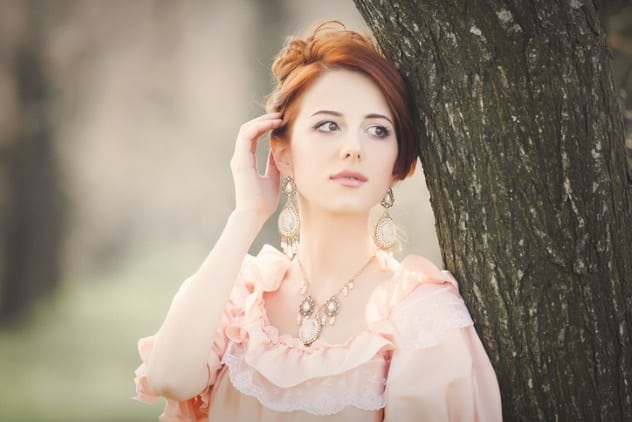
We can be fairly confident that the average woman’s boudoir in the 21st century doesn’t contain brightly colored root vegetables, yet in the early 1900s, the humble beetroot was a key element in many ladies’ makeup regimes.[10]
Anyone who has dropped a piece of beetroot on their white T-shirt will know just how vivid the staining can be. Women in the early years of the 20th century decided to harness this potential to create a rouge that would give their cheeks the natural flush that was so desirable. Beetroot juice was seen as a multifunctional ingredient, also being used as a lip stain by many women until about 1914, when the big-name brands like Max Factor and Elizabeth Arden introduced cosmetic counters that finally allowed respectable women to come out in the open and use makeup with pride.
With so many unpleasant ingredients having been used in the cosmetics of the past, it’s no wonder that so many women today pay close attention to the contents of their makeup bag!
Originally trained as an actress before becoming a legal secretary, early years teacher, and, finally, content writer, I have a particular fascination in writing about history and all its many quirks!
For more bizarre methods people have employed in the name of beauty, check out 10 Disgusting Beauty Treatments and 10 Dangerous Beauty Trends From The Victorian Era.



